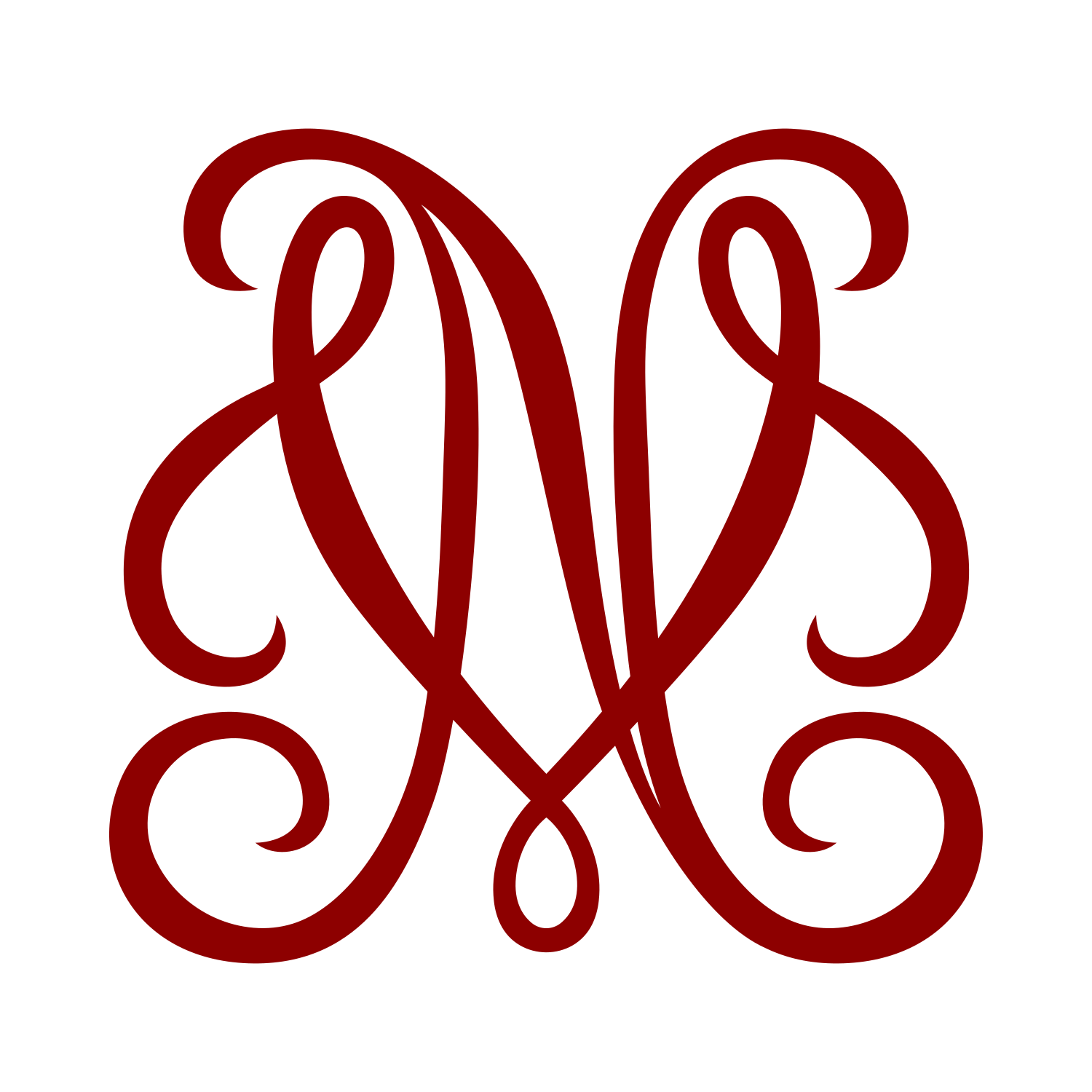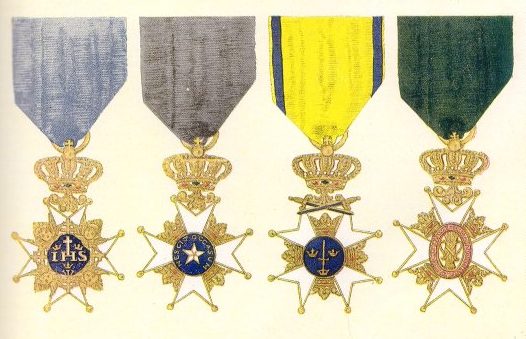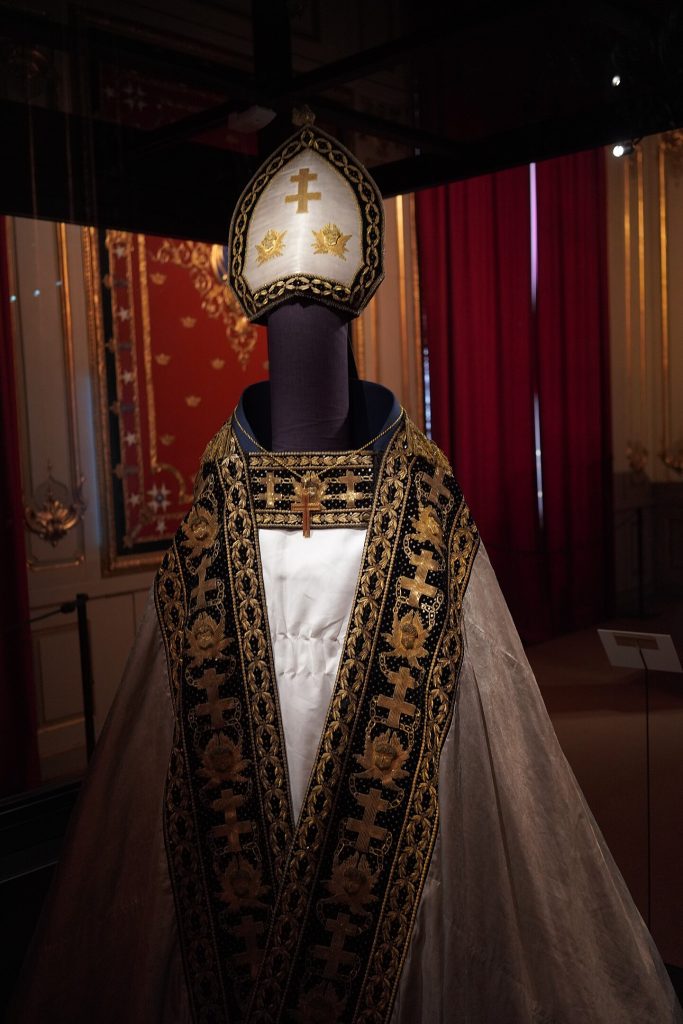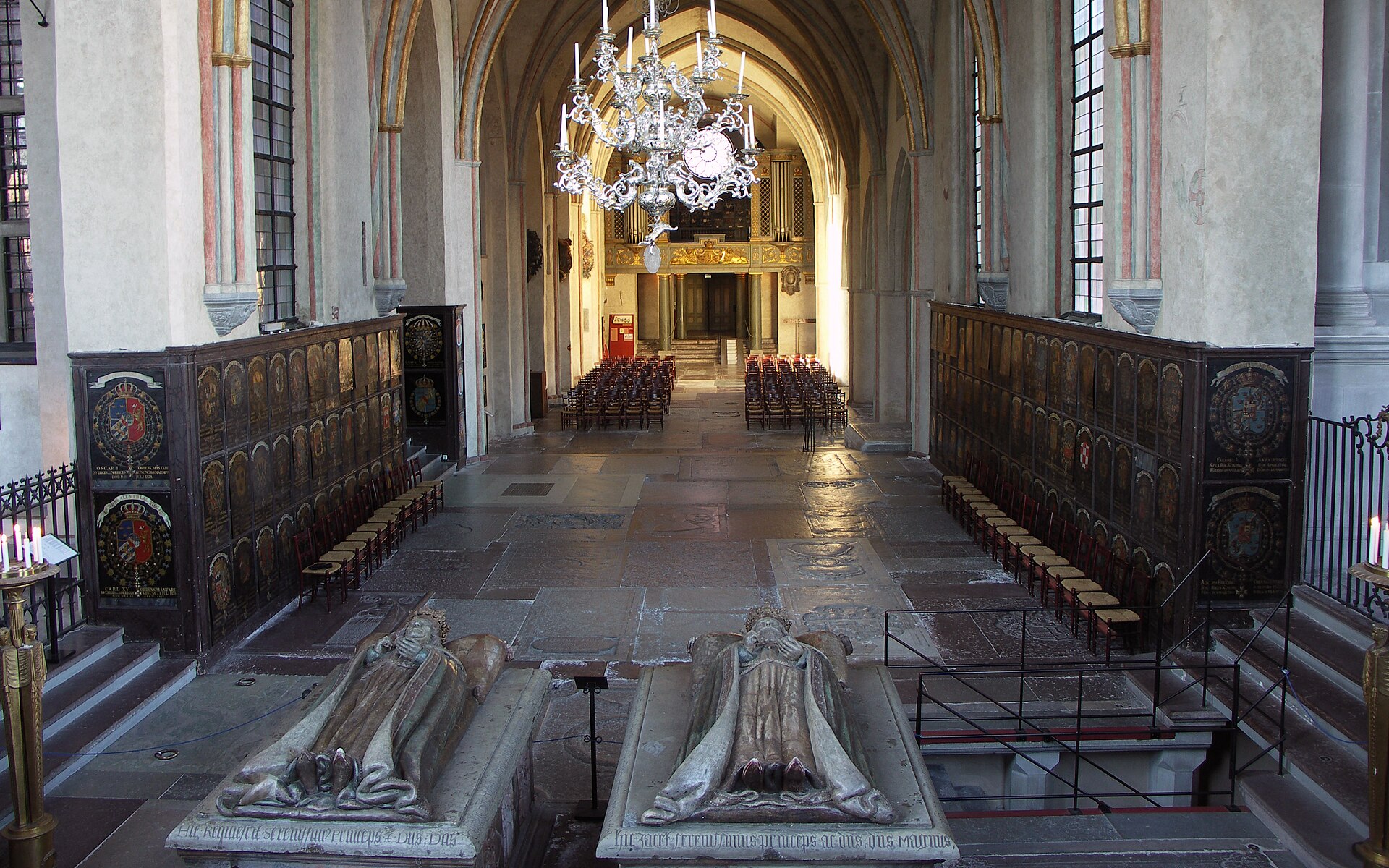The Royal Orders of Knighthood announced on April 30, 2025, the award of royal orders to several Swedish citizens for exceptional contributions in areas such as justice, science and medicine, cultural heritage, and defense.
Order of the Sword
The Order of the Sword is awarded to military personnel for significant contributions in the field of defense.
Lieutenant Colonel Marcus Sandqvist – Knight 1st Class
For significant contributions during ongoing war as Deputy Defense Attaché to Ukraine.
Major Harald Glans – Knight 1st Class
For significant contributions during the earthquake disaster in Turkey in 2023.
Corporal Henrik Lindqvist – Medal of the Sword in Silver
For skillful and decisive actions in warlike conditions during the Armed Forces’ international missions.
Order of the Polar Star
The Order of the Polar Star is awarded for personal contributions to Sweden or Swedish interests, particularly in public service.
Former Supreme Court Justice Bertil Bengtsson – Commander Grand Cross
For an outstanding lifelong contribution to the Swedish judiciary.
Former National Archivist Erik Norberg – Commander 1st Class
For highly distinguished service as National Archivist and within academia.
Physician Agneta Wikman – Knight 1st Class
For significant contributions in clinical immunology and transfusion medicine.
County Antiquarian Majvor Östergren – Knight 1st Class
For significant contributions as County Antiquarian in Gotland County.
Strategic Purchaser Sara Ålbrink – Knight
For significant contributions as Strategic Purchaser at the Swedish Armed Forces.
Order of Vasa
The Order of Vasa is awarded for achievements in private enterprise and other sectors of society.
Director Marie Ehrling – Commander 1st Class
For highly distinguished contributions to Swedish business.
Court Singer Nina Stemme – Commander 1st Class
For highly distinguished contributions as an opera singer.
Director Gunilla Arhén – Commander
For distinguished contributions to women’s leadership.
Former Opera Director Ole Wiggo Bang – Commander
For distinguished contributions as leader of Wermland Opera.
Actress Marie Göranzon Malmsjö – Commander
For distinguished contributions as an actress.
Doctor of Technology, honoris causa, Håkan Lans – Commander
For distinguished contributions as an inventor.
Director Crister Stark – Commander
For distinguished contributions to business and the agricultural sector.
Director Karin Bodin – Knight 1st
For significant contributions to Swedish business.
Journalist Ulf Elfving – Knight 1st Class
For significant contributions as a journalist and broadcaster.
Physician Ingrid Le Roux – Knight
For important contributions to the dissemination of Swedish expertise in healthcare for vulnerable women and children.
Business Developer Staffan Braw – Badge of Vasa
For great voluntary commitment to society.
Photographer Kim Norman – Badge of Vasa
For great voluntary commitment to society.
The awards will be presented at a ceremony at the Royal Palace in Stockholm on May 28, 2025. Before 1975 each royal order had their own investiture ceremony. When the royal orders were reinstated in 2023, this practice was not restored – instead, a new state ceremony was created in which all recipients of all orders are awarded.






